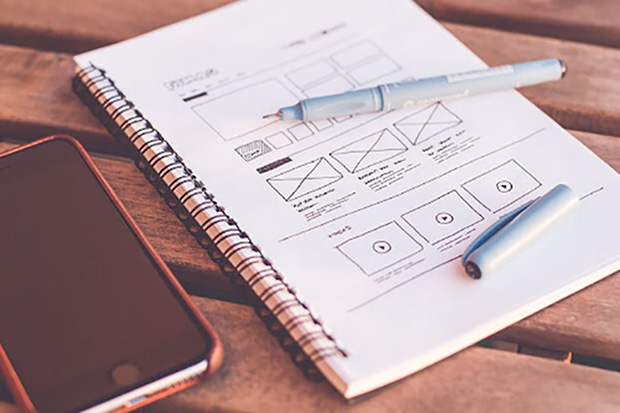Key Features of Web Design Software That Enhance Graphic Design Workflow

[source]
When picking web design software, it is important to consider tools that make the design process easier and improve workflow for graphic designers. Good software should combine functions supporting both areas of expertise smoothly. This allows better shifts from web layouts to graphic elements, keeping design uniformity intact while reducing project timing and fostering teamwork.
Real-Time Collaboration Tools
In a design environment that involves several professionals, the importance of instantaneous collaboration cannot be emphasized enough. Web design software with live co-editing features allows graphic designers and web developers to work on a project together at the same time. This speeds up the design procedure and eliminates approval communication required for projects.
Picture a situation where a designer from New York and a developer from San Francisco can quickly view each other's modifications, chat about tweaks instantly, avoid delays, and channel an active creation process. This is exactly what good software brings to the table.
Integrated Asset Libraries
For graphic designers, a fully integrated asset library is a huge advantage. This library allows them to store and browse several graphic elements such as icons, pictures, and templates. A library connection further makes it easy for designers to embed graphics into their web layout through simple drag and drop. Not only does this make the design process simpler, but it also maintains uniformity throughout the website.
Additionally, a central place for all design resources helps decrease errors and waste, enabling a better progression from idea to ultimate design. It guarantees that every team member is able to make use of the latest graphics and updates easily.
Responsive Design Features
Having a responsive design is a necessity. Web design software that has responsive tools built into it naturally makes the work of graphic designers more efficient. These features allow professionals to create adaptable designs that appear great across all devices.
From computers to smaller screens like smartphones, designs can be quickly adjusted without requiring manual adjustment for every element in the layout. Responsiveness also allows graphic designers to divert their creativity and ideas toward other important tasks without needing to worry about the details of design adaptation.
Advanced CSS and HTML Editors
Graphic designers with a degree from a renowned institute like the American International College often love to explore new ideas in web aesthetics. Due to their coding know-how, software with complex CSS and HTML editors becomes essential. These editors allow them to adjust all details of the website's look and actions, offering a personalization level that goes past simple templates.
Whether it is adding hover effects, changing layouts, or replacing custom fonts, these tools give designers the authority to turn creative thoughts into reality. Additionally, the software's capacity to edit CSS and HTML directly can greatly decrease the time spent on development while guaranteeing that designs are aesthetically pleasing and technically sound.
Extensive Plugin and App Integrations
The capacity to integrate several different plugins and apps greatly boosts a designer's work process. Integrations broaden the functions of existing software, enabling designers to include high-level characteristics without requiring deep code. For example, plugins for search engine optimization, social media linking or even intricate animations could be included directly into the designing procedure without additional help.
This adaptability does not just improve the design possibilities but also allows designers to make more interactive and interesting websites. A smooth merger also ensures that designers can try out and use modern web elements, making sure their projects are both original and competitive.
Comprehensive Prototyping Tools
Built-in prototyping tools are very important as they allow professionals to create prototypes that can be clicked on and interacted with. By being similar to a real website's structure, this helps test the interaction and movement within a website before it is coded or launched.
It also allows designers to get approval from stakeholders before they start with the development work. Prototypes create a safe space for designers to try various layouts and user paths, making sure that the end website is attractive and easy to use.
Endnote
Picking a web design software, especially one containing features to boost the graphic design workflow, is a strategic decision that can impact how efficiently projects finish and how well teams collaborate. Real-time collaboration tools, integrated asset libraries, responsive design abilities, advanced code editors, plugin integrations, and prototyping tools are not just easy-to-use functions, they are crucial tools for graphic designers who hope to deliver their best work.
Copyright © . All Rights Reserved